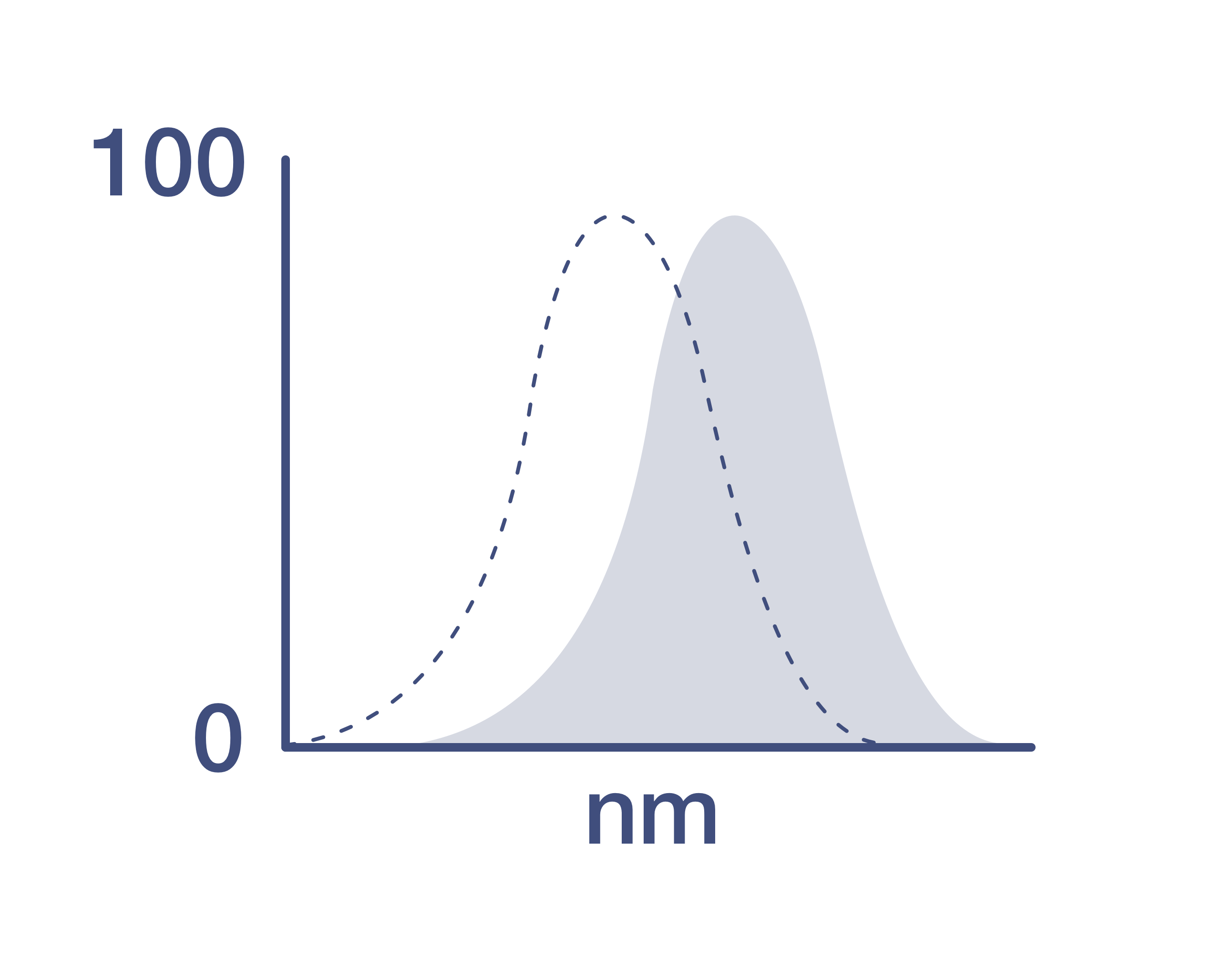Search Thermo Fisher Scientific
Invitrogen
CD13 Monoclonal Antibody (WM-15 (WM15)), FITC, eBioscience™
Product Details
11-0138-42
Species Reactivity
Published species
Host/Isotype
Recommended Isotype Control
Class
Type
Clone
Conjugate
Excitation/Emission Max
Form
Concentration
Purification
Storage buffer
Contains
Storage conditions
Shipping conditions
RRID
Product Specific Information
Description: The WM-15 monoclonal antibody reacts with human CD13, also known as aminopeptidase N. CD13 is a transmembrane ectoenzyme occurring on monocytes and granulocytes but not lymphocytes in blood. It is also reportedly on a wide variety of cells and in a wide variety of tissues, including endothelial cells, epithelial cells, fibroblasts, kidney proximal tubules, intestine, and placenta. CD13 is reported to have many different functions including degradation of enkephalins and endorphins, terminal degradation of peptides, amino acid scavenging, antigen processing, and adhesion and migration of cells.
Applications Reported: The WM-15 (WM15) antibody) has been reported for use in flow cytometric analysis.
Applications Tested: This WM-15 (WM15) antibody has been pre-titrated and tested by flow cytometric analysis of lysed whole blood. This can be used at 5 µL (1 µg) per test. A test is defined as the amount (µg) of antibody that will stain a cell sample in a final volume of 100 µL. Cell number should be determined empirically but can range from 10^5 to 10^8 cells/test.
Excitation: 488 nm; Emission: 520 nm; Laser: Blue Laser.
Filtration: 0.2 µm post-manufacturing filtered.
Target Information
CD13, also known as ANPEP, is a 150-170 kDa type II transmembrane zinc-binding ectopeptidase expressed on a wide variety of cell types and tissues. It is prominently found on monocytes and granulocytes in the blood, but not on lymphocytes. Additionally, CD13 is expressed on endothelial cells, epithelial cells, fibroblasts, kidney proximal tubules, intestine, placenta, and myeloid leukemia cells. As a metalloprotease, CD13 preferentially catalyzes the removal of neutral amino acids from small peptides, thereby activating or inactivating bioactive peptides. It plays a crucial role in various biological processes, including the degradation of enkephalins and endorphins, terminal degradation of peptides, amino acid scavenging, antigen processing, and the adhesion and migration of cells. CD13 is also involved in extracellular matrix degradation, signal transduction, inflammatory responses, regulation of intercellular contact, cell motility, and vascularization. In the context of disease, CD13 is associated with the protection of leukemic cells against apoptosis and is linked to a poor prognosis in carcinomas. Furthermore, CD13 functions as an aminopeptidase enzyme and serves as an alpha receptor for coronavirus.
For Research Use Only. Not for use in diagnostic procedures. Not for resale without express authorization.

How to use the Panel Builder
Watch the video to learn how to use the Invitrogen Flow Cytometry Panel Builder to build your next flow cytometry panel in 5 easy steps.
Bioinformatics
Protein Aliases: alanyl (membrane) aminopeptidase; Alanyl aminopeptidase; Aminopeptidase M; Aminopeptidase N; AP-M; AP-N; CD13; gp150; h AP-N; hAPN; membrane alanyl aminopeptidase; Microsomal aminopeptidase; Myeloid plasma membrane glycoprotein CD13
Gene Aliases: ANPEP; APN; CD13; GP150; LAP1; P150; PEPN
UniProt ID: (Human) P15144
Entrez Gene ID: (Human) 290

Performance Guarantee
If an Invitrogen™ antibody doesn't perform as described on our website or datasheet,we'll replace the product at no cost to you, or provide you with a credit for a future purchase.*
Learn more
We're here to help
Get expert recommendations for common problems or connect directly with an on staff expert for technical assistance related to applications, equipment and general product use.
Contact tech support







